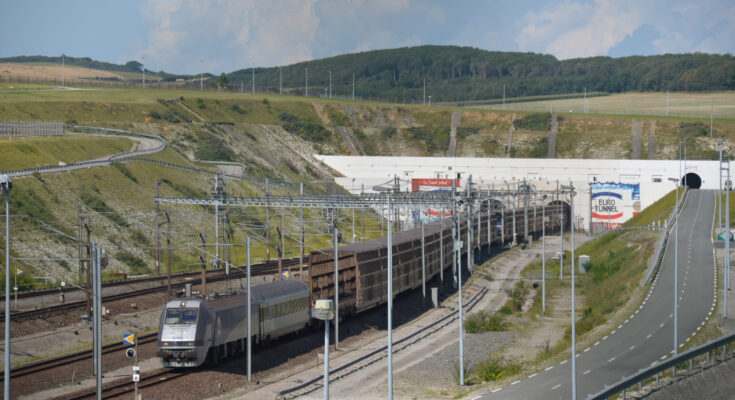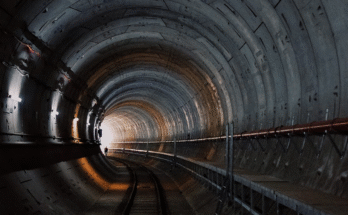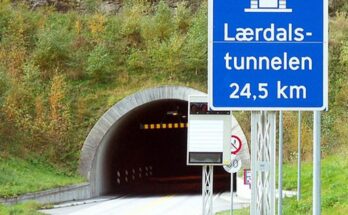The English Channel Tunnel, commonly known as the Chunnel, is one of the greatest engineering feats of the modern era. This remarkable underwater tunnel links the United Kingdom and France, allowing seamless transportation beneath the English Channel. Stretching approximately 50 kilometers (31 miles) in length, the Chunnel holds the title of the longest underwater tunnel in the world, with 37.9 kilometers (23.5 miles) of its total length running beneath the seabed.

A Historic Project
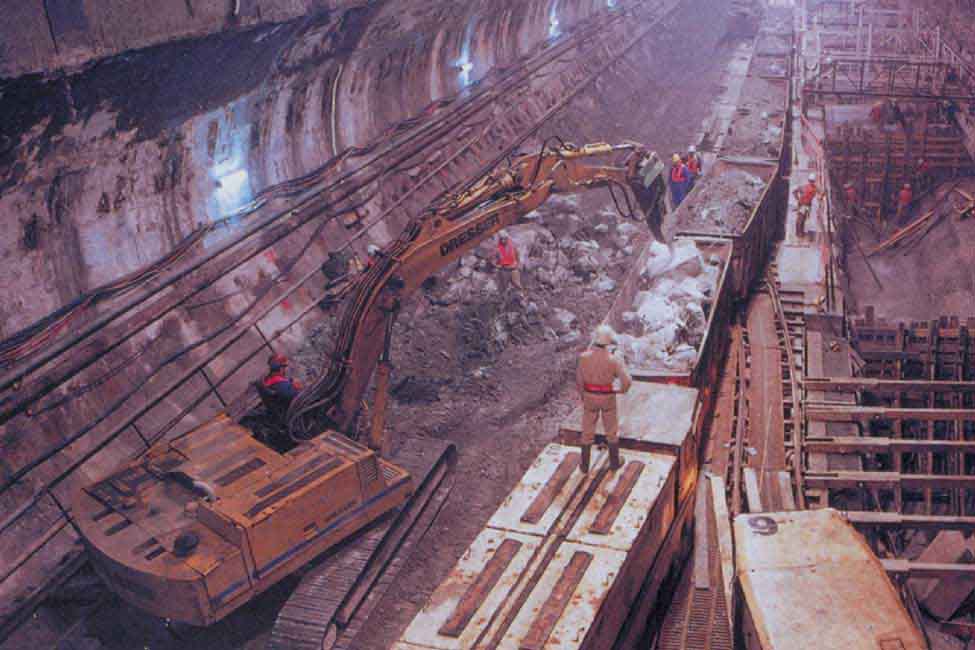
The idea of a tunnel beneath the English Channel had been proposed as early as the early 19th century, but it wasn’t until the late 20th century that the project became a reality. The construction of the Channel Tunnel officially began in 1988, following decades of discussions and planning. It was a joint venture between the United Kingdom and France, undertaken by the company Eurotunnel. The tunnel was officially opened on May 6, 1994, marking a new era of connectivity between the two nations.
Engineering and Construction
The construction of the Chunnel was an immense challenge, requiring innovative techniques to bore through the seabed while ensuring safety and stability. Engineers used 11 giant tunnel boring machines (TBMs) to carve through chalk marl, a type of soft rock ideal for tunneling. The project took six years to complete, involving over 13,000 workers and an estimated cost of £9 billion (equivalent to around £16 billion today).
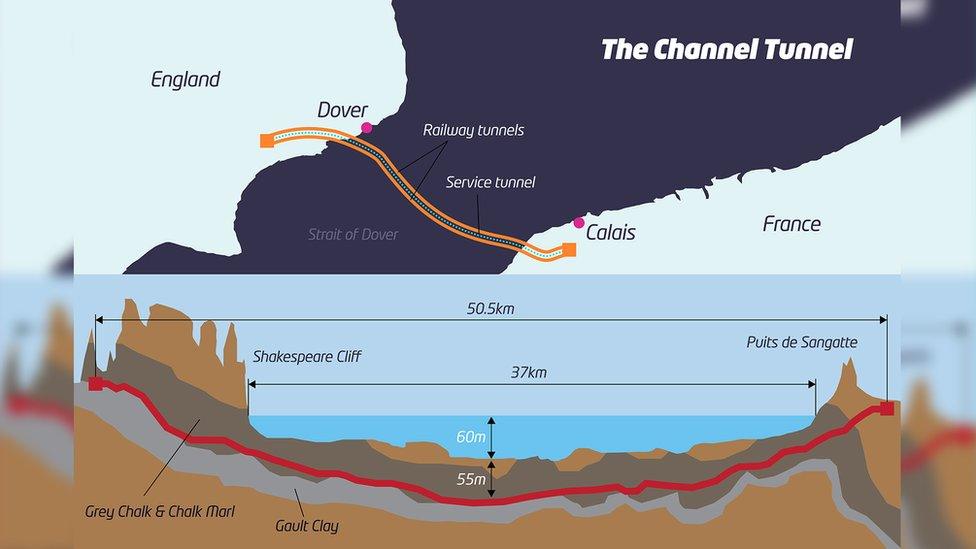
The tunnel consists of three parallel tubes: two railway tunnels and a smaller service tunnel in between. The service tunnel plays a crucial role in maintenance and emergency response, ensuring the safety of passengers and goods transported through the tunnel. The structure is designed to withstand high-pressure conditions and seismic activity, making it one of the safest tunnels in the world.
A Transportation Breakthrough
The Channel Tunnel serves as a key international transportation route, operated by Eurotunnel and used primarily by Eurostar passenger trains and Le Shuttle for vehicles. Trains can travel at speeds of up to 160 km/h (100 mph), reducing the travel time between London and Paris to just around two hours and 15 minutes. This remarkable speed and convenience have revolutionized travel between the UK and continental Europe.
Since its inauguration, millions of passengers and freight shipments have passed through the Chunnel each year. The tunnel facilitates trade and tourism, providing a vital economic link between the UK and the European mainland. It allows for an efficient flow of goods and services, strengthening economic ties between the two countries.
Environmental and Economic Impact
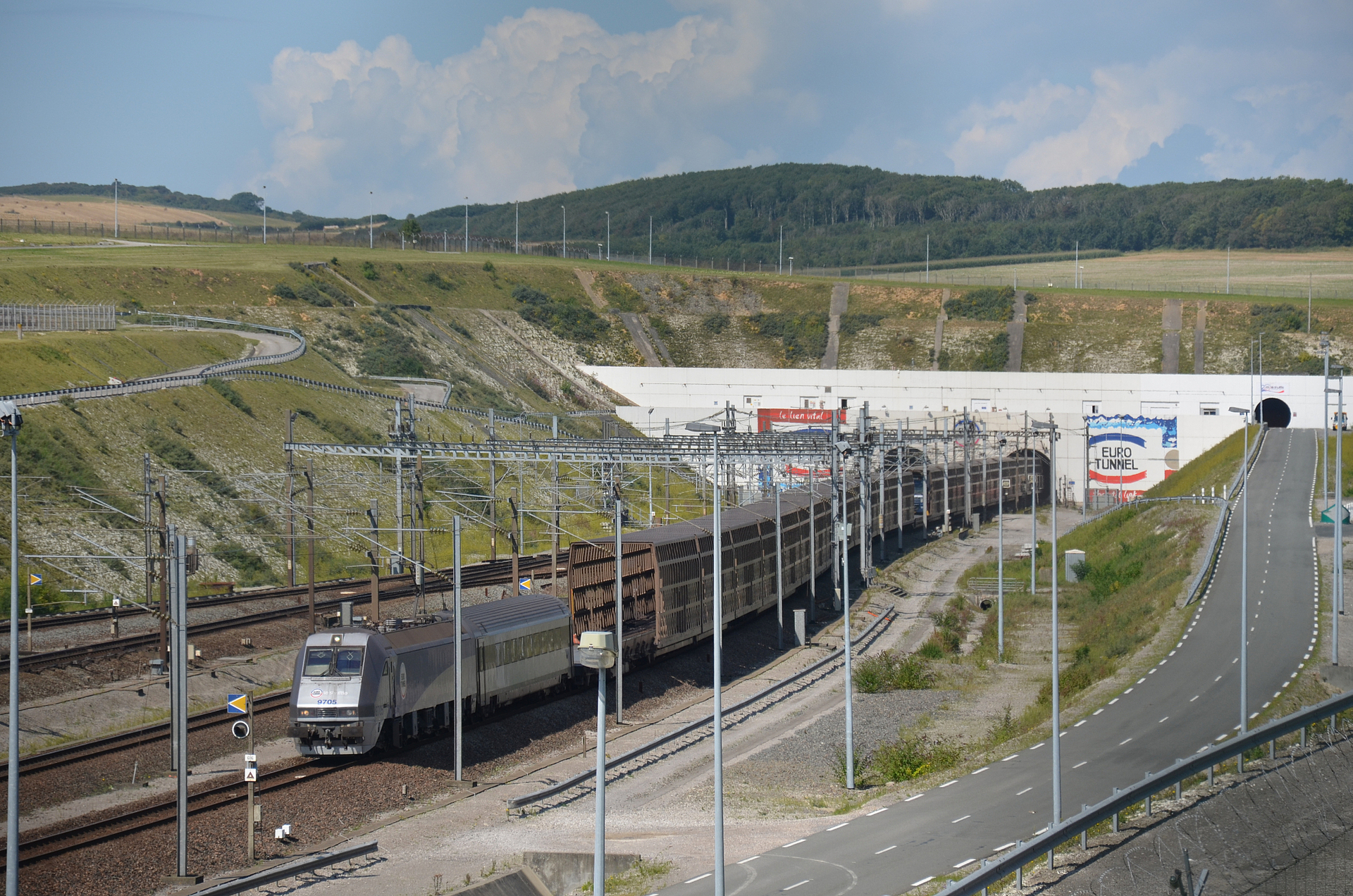
The Channel Tunnel has also had a significant impact on sustainability. Compared to air and ferry transport, rail travel via the tunnel produces significantly lower carbon emissions, making it an eco-friendly alternative. Additionally, the tunnel has boosted tourism, making cross-border travel easier and more accessible.
A Legacy of Innovation
The English Channel Tunnel stands as a symbol of innovation, cooperation, and perseverance. As one of the most ambitious infrastructure projects in history, it continues to play a crucial role in European transportation. Whether for business, leisure, or trade, the Chunnel remains an essential link between the UK and France, proving that engineering ingenuity can overcome even the most formidable natural barriers.
